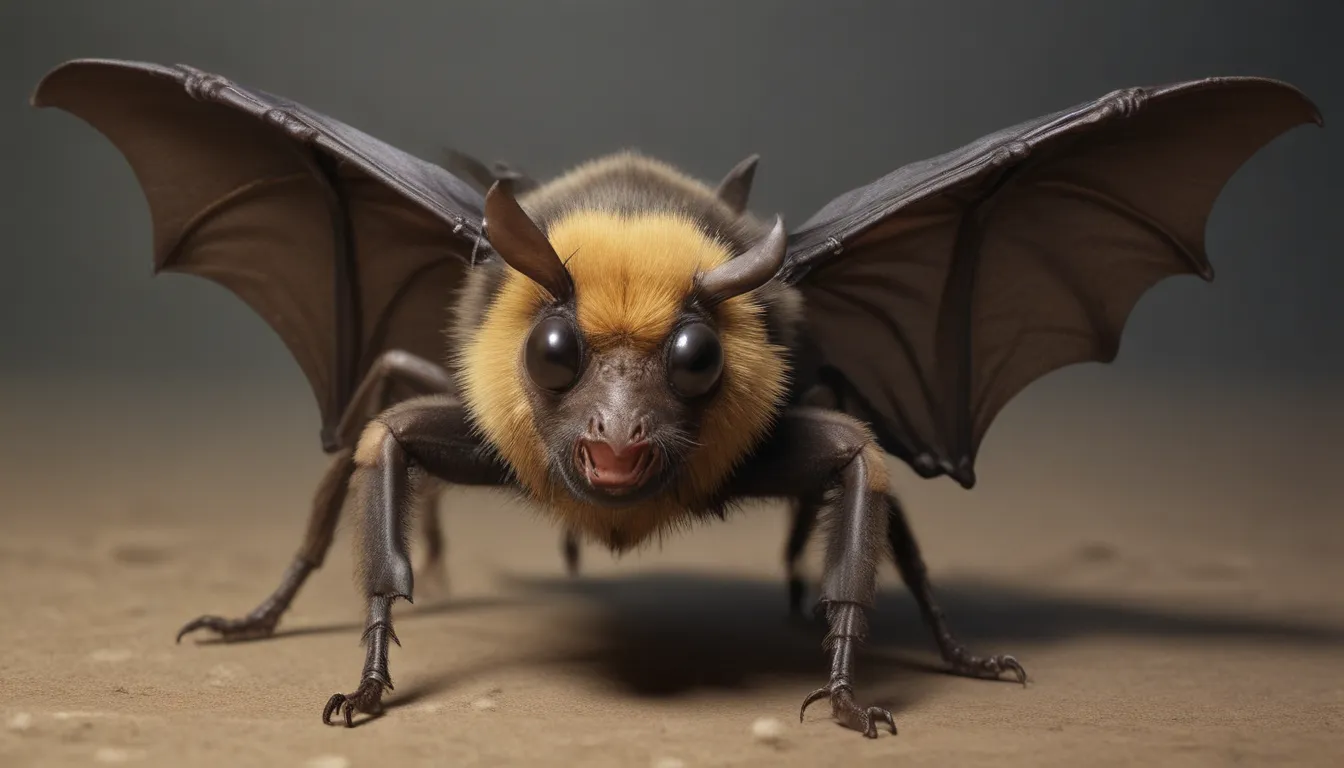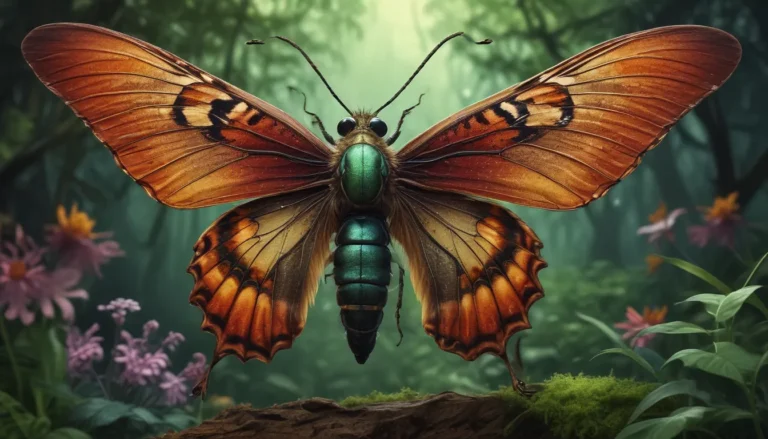The pictures we use in our articles might not show exactly what the words say. We choose these pictures to make you interested in reading more. The pictures work together with the words but don’t take their place. The words still tell you the important facts.
Welcome to the captivating world of the bumblebee bat - the smallest mammal that can snugly rest on your finger. Despite its diminutive size, these tiny bats pack a punch of intrigue and charm. Join us as we unravel the secrets of these fascinating creatures in this comprehensive guide to bumblebee bat facts.
Quick Facts
- Bumblebee bats are exclusively found in Thailand and Myanmar.
- They reside in roosts of 10 to 100 individuals.
- Weighing a mere 2 grams, bumblebee bats are as light as a dime.
- Their length ranges from 29 to 33 millimeters.
- These enchanting bats boast a wingspan of approximately 170 millimeters.
Essential Facts
- Bumblebee bats hold the title of the world's smallest bat species.
- Classified as Near Threatened by the International Union for Conservation of Nature (IUCN), these bats face conservation challenges.
- The existing bumblebee bat population stands at 6600.
- Natural predators of bumblebee bats include birds, snakes, squirrels, and cats.
- Utilizing echolocation, these bats navigate with precision.
- Their brownish-red bodies, with a paler underside, are a distinctive feature.
- Bumblebee bats lack tails but possess a uropatagium for flight assistance.
- Females possess two sets of nipples, aiding in offspring nurturing.
- Males exhibit glandular swelling at the base of their throats.
- Unique anatomical features like curled toes facilitate roosting.
Interesting Facts
- The endearing moniker "bumblebee bat" captures their bee-like size.
- They possess pig-like faces with thin vertical nostrils.
- Large ears, disproportionate to their body size, enhance their sensory abilities.
- Roosting habits see them maintaining distance from other bats.
- Seasonal migrations between caves characterize their behavior.
Bumblebee Bat Facts Infographics
The bumblebee bat is also known as Kitti’s hog-nosed bat.
Meet the world's smallest mammal with a charming name - the bumblebee bat, scientifically known as Craseonycteris thonglongyai. Discovered by Thai zoologist Kitti Thonglongya in 1973, these bats carry his namesake as a tribute to his contribution.
There is little information about the reproduction of bumblebee bats.
Female bumblebee bats nurture a single offspring annually during the dry season, rearing them with care. Limited details on their reproduction add an air of mystery to their lifecycle.
The lifespan of bumblebee bats is 5 to 10 years.
While precise data on their lifespan remains elusive, estimates place their longevity between 5 and 10 years, adding to their enigmatic nature.
Bumblebee bats live in limestone caves near rivers.
Their preferred habitat near limestone caves and rivers provides warmth and shelter for these delicate creatures, with notable populations in western Thailand and southeastern Myanmar.
Bumblebee bats have a short activity period.
A brief window of time sees bumblebee bats emerging for foraging, with short flights limited to the vicinity of their caves, showcasing their efficient hunting skills.
Their main sources of food are insects and spiders.
Indulging in a diet of insects and spiders, bumblebee bats play a subtle but crucial role in pest control, despite their modest population size.
Human activities are endangering the habitats of bumblebee bats.
Threats from tourism, habitat destruction, and poaching jeopardize bumblebee bat populations, urging conservation efforts to safeguard their delicate ecosystems.
A conservation program was launched to protect the bumblebee bats.
In a bid to ensure the survival of these remarkable bats, dedicated conservation initiatives like the Evolutionarily Distinct and Globally Endangered (EDGE) project have been instrumental, securing a future for bumblebee bats.
The latest wild sighting of the bumblebee bats was at Krabi, Thailand.
Exciting discoveries of bumblebee bats in new locations like Krabi, Thailand, spark hope for their conservation, marking significant milestones in their preservation journey.
Join us on this enlightening journey into the mysterious world of bumblebee bats, where each fact unveils a layer of fascination and wonder. As we delve deeper, let the charm of these tiny creatures inspire us to protect and preserve the delicate balance of nature that they so beautifully embody.






